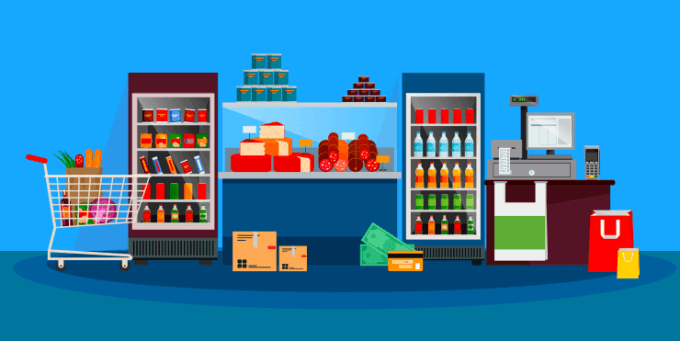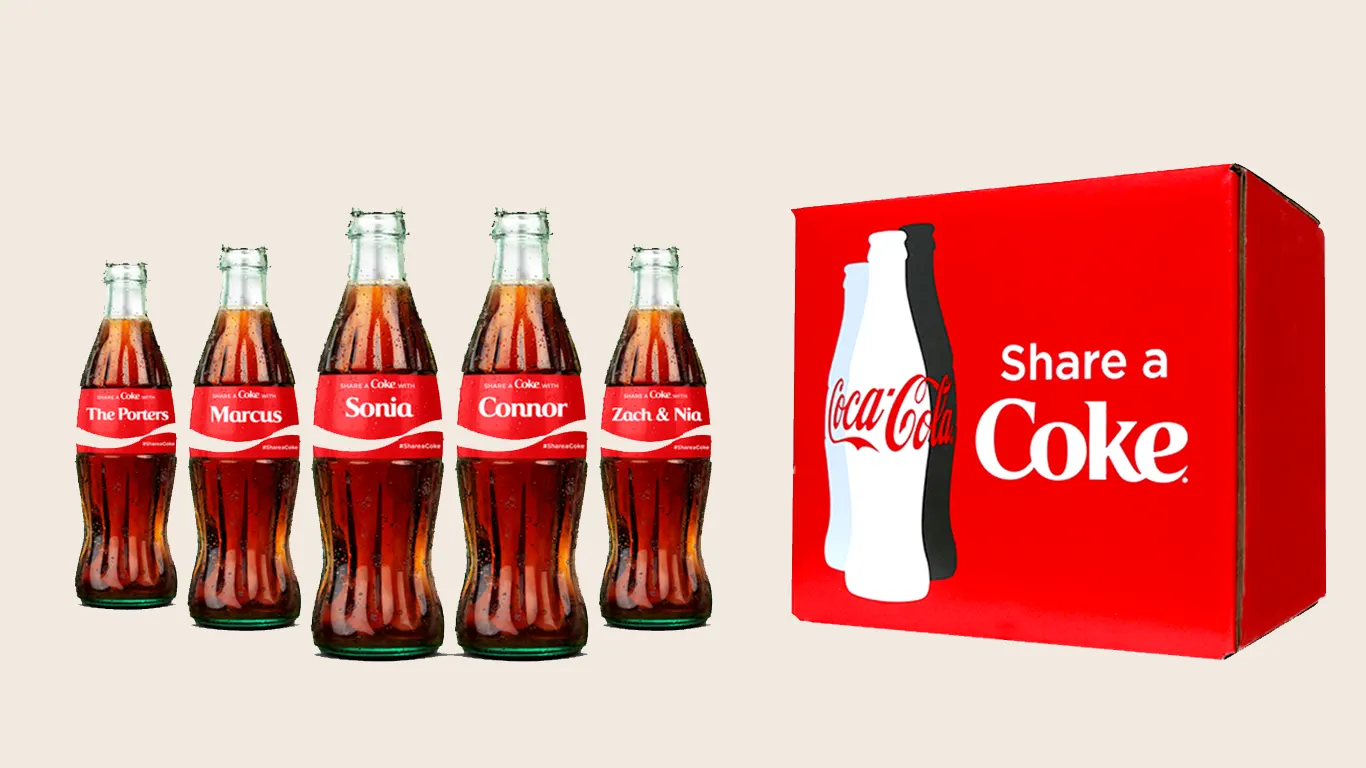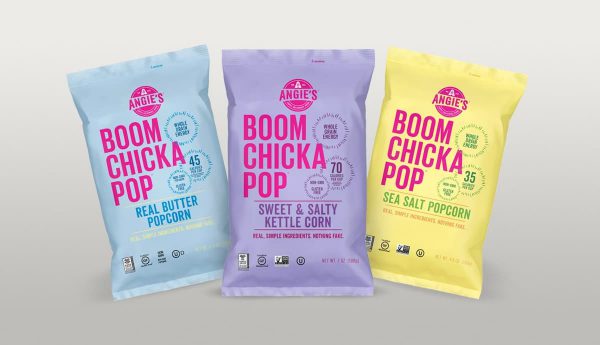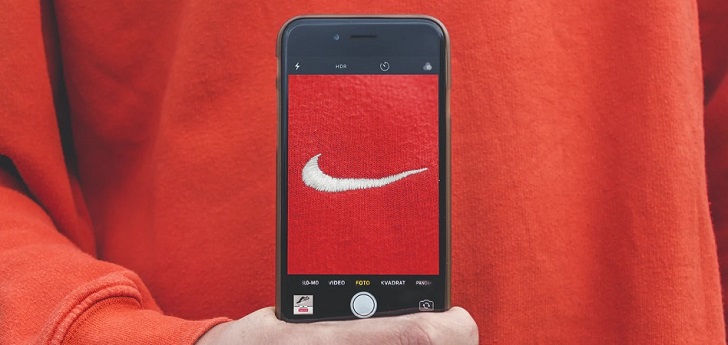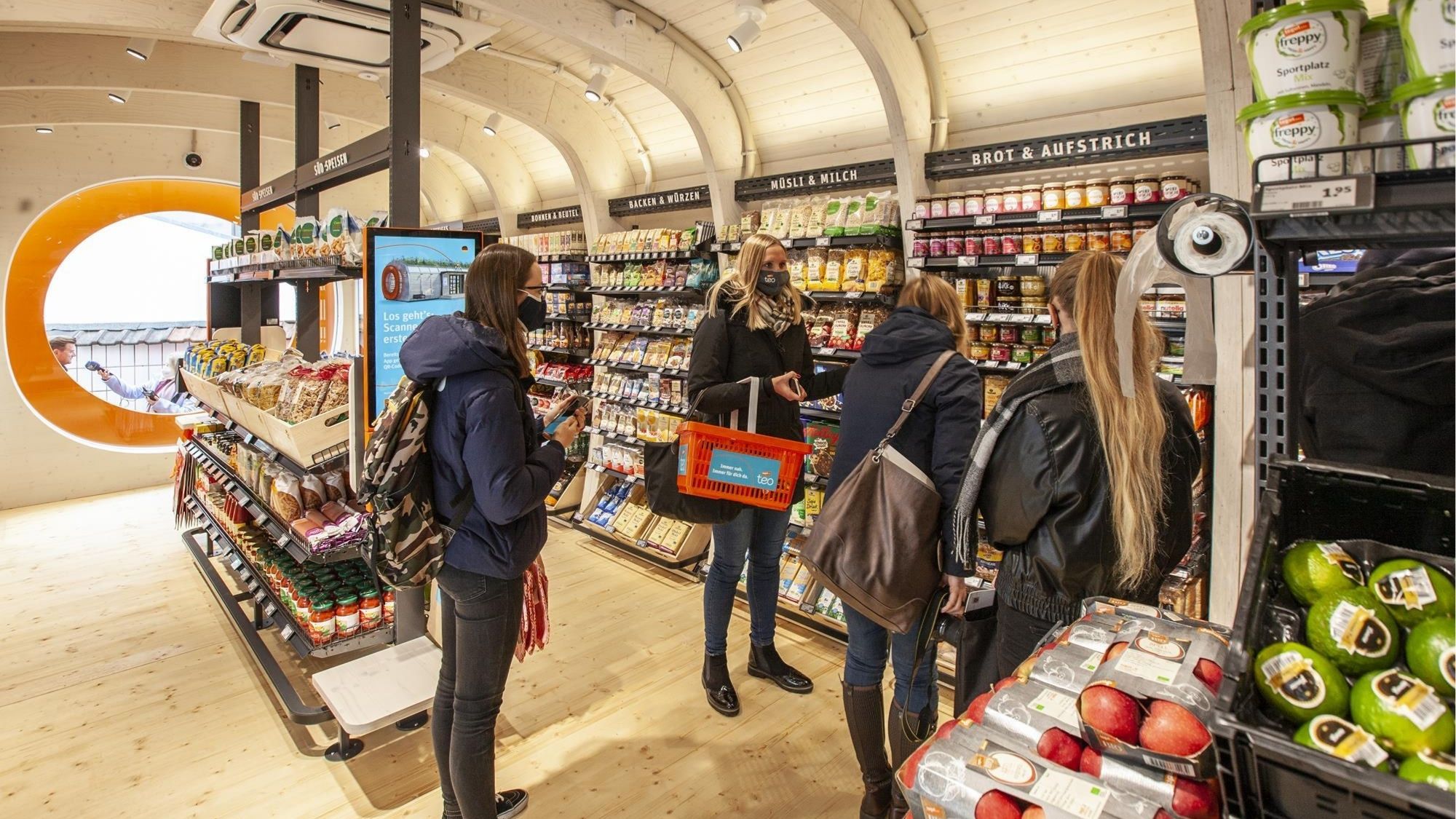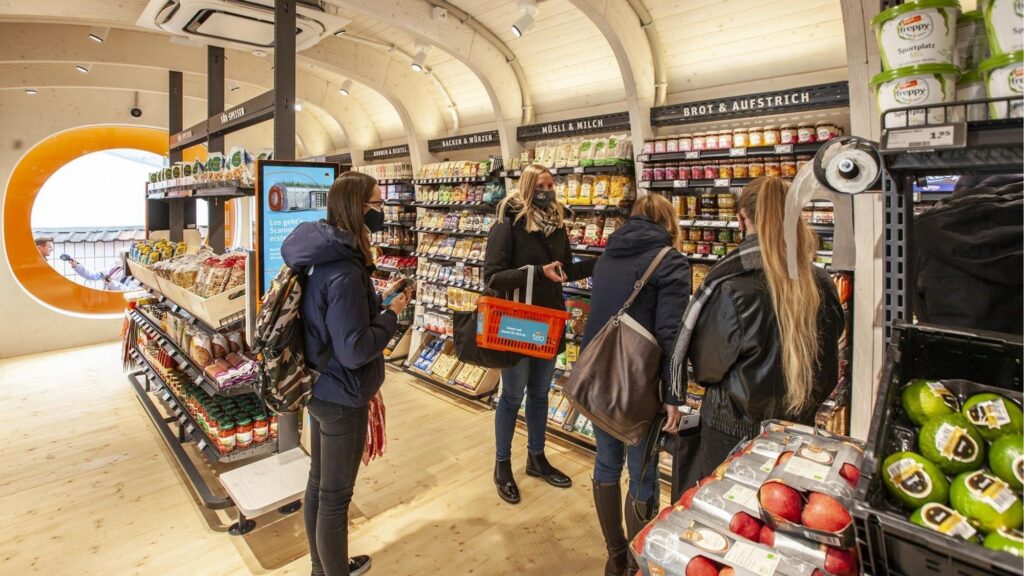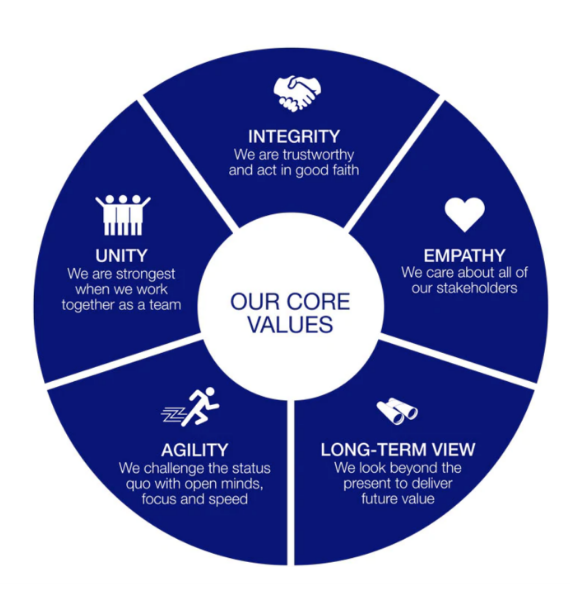In the fast-paced world of consumer packaged goods (CPG), innovation is key to staying competitive and relevant. As consumer preferences evolve, brands need to continuously adapt to keep their products and messaging fresh and engaging. But staying ahead in the CPG industry is not just about launching new products—it’s about understanding consumer needs, embracing technology, and cultivating brand loyalty. Here’s how CPG brands can drive innovation to stay ahead of the curve and keep consumers engaged.
Why Innovation is Critical in CPG
1. Changing Consumer Preferences
Today’s consumers are more informed, health-conscious, and sustainability-minded than ever before. Brands need to stay responsive to these changing preferences and introduce products that align with evolving consumer values.
2. High Competition and Market Saturation
The CPG industry is crowded, with countless brands competing for consumer attention. Innovation helps brands differentiate themselves and capture the attention of new and loyal customers alike.
3. Increased Consumer Expectations
With advances in technology and access to information, consumers now expect more personalized and convenient shopping experiences. Brands that leverage innovation to meet these expectations can build stronger connections and foster loyalty.
Strategies for Driving Innovation in the CPG Industry
1. Embrace Data-Driven Insights

Data is invaluable for understanding consumer needs, preferences, and behaviors. By leveraging data, you can identify trends, predict consumer demands, and personalize marketing efforts. Consider using the following sources for consumer insights:
- Sales Data: Analyze purchase patterns to understand which products are popular and where there may be opportunities for growth.
- Social Listening: Monitor social media for trends, brand mentions, and consumer sentiment.
- Consumer Surveys: Regularly survey your audience to gather feedback on product preferences, lifestyle changes, and evolving needs.
Data-driven insights can guide everything from product development to marketing, ensuring that your innovations align with real consumer demands.
2. Focus on Sustainability and Transparency
Sustainability has become a top priority for many consumers, particularly younger generations. Brands that embrace sustainable practices and transparent operations can gain a competitive advantage. Here are some ways to incorporate sustainability:
- Eco-Friendly Packaging: Shift to recyclable, biodegradable, or reusable packaging materials.
- Ingredient Transparency: Clearly communicate ingredient sourcing and production processes, especially for health-conscious or organic products.
- Sustainable Sourcing: Partner with suppliers that prioritize ethical and sustainable practices.
Innovations in sustainability not only meet consumer expectations but also help build a positive brand image.
3. Leverage Technology for a Seamless Customer Experience
Technological advancements offer countless opportunities to improve the customer experience. From AI-powered chatbots to personalized shopping experiences, technology can help streamline interactions, enhance convenience, and build customer loyalty.
- Personalization: Use AI to personalize product recommendations, promotions, and email marketing. Personalization makes consumers feel valued and more likely to engage with your brand.
- Mobile Shopping: Ensure your e-commerce platform is mobile-friendly, as more consumers are shopping via their smartphones. Mobile apps with exclusive content or features can also increase engagement.
- Augmented Reality (AR): Use AR to allow consumers to visualize products before purchasing, especially for cosmetics, food, or home products.
Technology can make shopping more engaging, convenient, and memorable, setting your brand apart from competitors.
4. Experiment with Product Customization
Offering customizable products is a powerful way to engage consumers and meet their unique needs. Brands that offer customization options allow consumers to tailor products to their preferences, making them feel more connected to the brand.
For example:
- Personalized Packaging: Coca-Cola’s “Share a Coke” campaign, where bottles featured popular names, is a well-known example of successful product personalization.
- Custom Ingredients: Brands like Function of Beauty offer personalized skincare and haircare products that consumers can tailor to their specific needs and preferences.
Customization can increase perceived value and foster a sense of ownership, making consumers more likely to remain loyal to your brand.
5. Invest in Health and Wellness Trends
Health and wellness continue to drive consumer choices, particularly as consumers become more aware of the benefits of healthy eating and self-care. Here are some ways to innovate in response to this trend:
- Natural Ingredients: Focus on clean, natural ingredients that are free from artificial additives or preservatives.
- Functional Foods: Offer products that provide additional health benefits, such as probiotics, vitamins, or antioxidants.
- Plant-Based Options: Introduce plant-based versions of popular products to appeal to vegan, vegetarian, and health-conscious consumers.
Staying attuned to health and wellness trends allows you to innovate in ways that align with consumer values, fostering brand loyalty.
6. Collaborate with Influencers and Other Brands
Strategic collaborations can boost visibility and introduce your brand to new audiences. Working with influencers, for example, allows you to tap into their audience and leverage their credibility. Brand collaborations can be equally effective, particularly if you partner with a brand that complements yours.
- Influencer Marketing: Partner with influencers who align with your brand values and audience. Influencers can create content that demonstrates how your product fits into their lifestyle, encouraging their followers to try it.
- Brand Partnerships: Collaborate with brands that have a shared target audience to create limited-edition products or joint campaigns. For example, a CPG brand specializing in snacks could partner with a popular beverage brand for a co-branded promotion.
Collaborations can create buzz around your brand and attract a broader audience, keeping consumers engaged and excited.
Case Study: PepsiCo’s Innovation Strategy
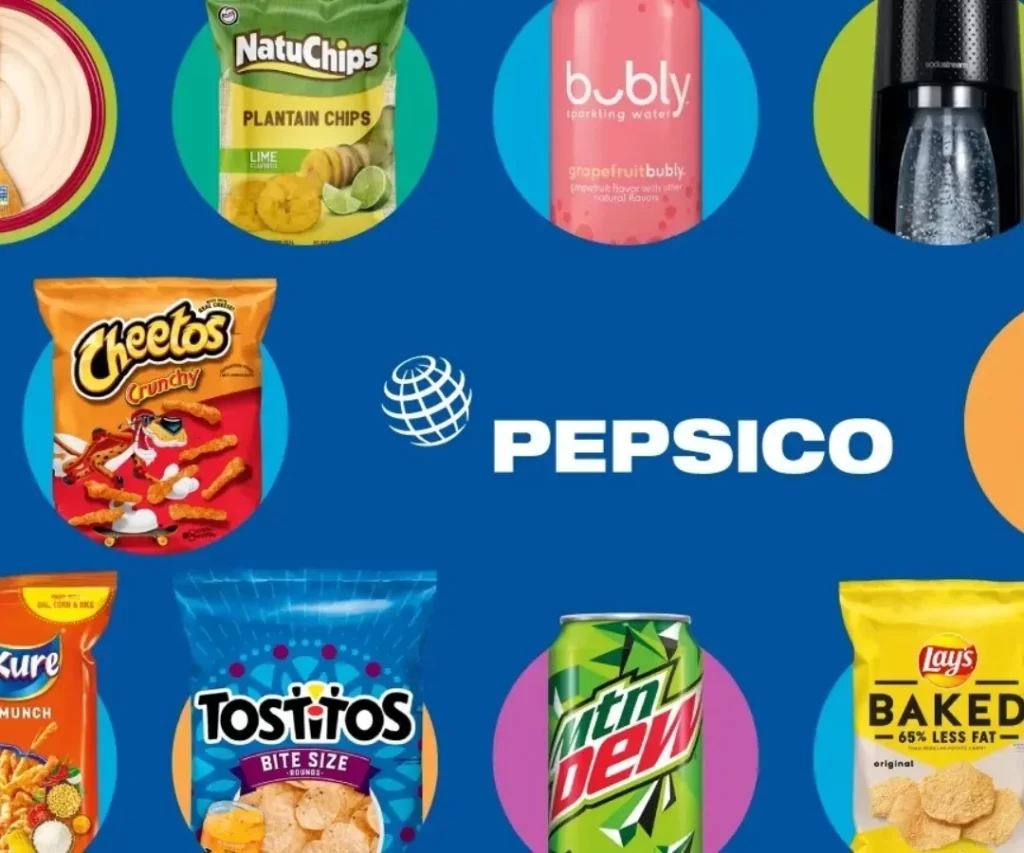
PepsiCo is a leading example of a CPG brand that has successfully used innovation to stay ahead of the curve and engage consumers. The company has focused on product innovation, sustainability, and health trends to meet evolving consumer demands.
Key Strategies:
- Product Diversification: PepsiCo has expanded its product portfolio with a focus on healthier options, including plant-based snacks, low-calorie beverages, and sugar-free options.
- Sustainable Practices: The company is committed to reducing its environmental impact, including using 100% renewable electricity across its U.S. operations and improving packaging sustainability.
- Digital Engagement: PepsiCo has embraced e-commerce and digital marketing, including launching direct-to-consumer platforms and mobile apps to engage consumers directly.
Results:
- Increased Sales in Healthier Categories: PepsiCo’s focus on healthier products has driven sales growth, particularly in categories like plant-based snacks and low-calorie beverages.
- Positive Brand Perception: The company’s commitment to sustainability and health trends has strengthened its brand image, making it a preferred choice for environmentally conscious consumers.
- Enhanced Customer Loyalty: By diversifying its product offerings and embracing sustainability, PepsiCo has built stronger relationships with consumers who value innovation and transparency.
PepsiCo’s innovation strategy highlights how CPG brands can stay relevant and engage consumers by focusing on product diversification, sustainability, and digital engagement.
Conclusion
Innovation is essential for staying competitive and keeping consumers engaged in the CPG industry. By embracing data, focusing on sustainability, leveraging technology, and experimenting with personalization, you can create a brand that meets evolving consumer needs and stands out in a crowded market.
At GroupMCC, we specialize in helping CPG brands drive innovation and adapt to changing consumer expectations. Contact us today to learn how we can support your brand in staying ahead of the curve and achieving long-term success.

